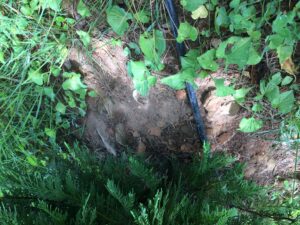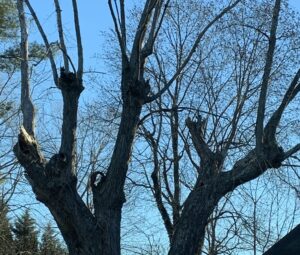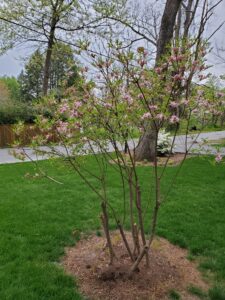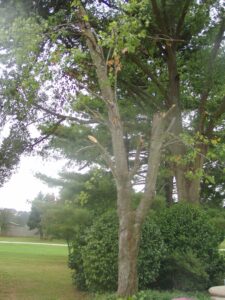Plant Health Alert – What Not to Do
go.ncsu.edu/readext?883166
en Español / em Português
El inglés es el idioma de control de esta página. En la medida en que haya algún conflicto entre la traducción al inglés y la traducción, el inglés prevalece.
Al hacer clic en el enlace de traducción se activa un servicio de traducción gratuito para convertir la página al español. Al igual que con cualquier traducción por Internet, la conversión no es sensible al contexto y puede que no traduzca el texto en su significado original. NC State Extension no garantiza la exactitud del texto traducido. Por favor, tenga en cuenta que algunas aplicaciones y/o servicios pueden no funcionar como se espera cuando se traducen.
Português
Inglês é o idioma de controle desta página. Na medida que haja algum conflito entre o texto original em Inglês e a tradução, o Inglês prevalece.
Ao clicar no link de tradução, um serviço gratuito de tradução será ativado para converter a página para o Português. Como em qualquer tradução pela internet, a conversão não é sensivel ao contexto e pode não ocorrer a tradução para o significado orginal. O serviço de Extensão da Carolina do Norte (NC State Extension) não garante a exatidão do texto traduzido. Por favor, observe que algumas funções ou serviços podem não funcionar como esperado após a tradução.
English
English is the controlling language of this page. To the extent there is any conflict between the English text and the translation, English controls.
Clicking on the translation link activates a free translation service to convert the page to Spanish. As with any Internet translation, the conversion is not context-sensitive and may not translate the text to its original meaning. NC State Extension does not guarantee the accuracy of the translated text. Please note that some applications and/or services may not function as expected when translated.
Collapse ▲There are many mistakes that well-meaning gardeners might make in their landscapes. There are a few of these mistakes that we see over and over here in our capacity as landscape and plant consultants. Here are a few of the top mistakes we see constantly in Henderson County Landscapes.
1. Planting trees without removing the packaging leads to future root issues. All packaging material should be removed from balled and burlap field grown trees.
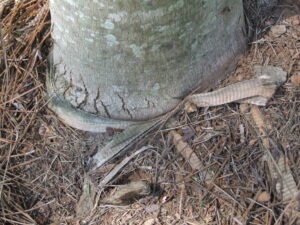
Strapping associated with field grown balled and burlap trees can girdle tree trunks if not removed at planting.
2. Excessive mulch or ‘volcano mulching’ leads to roots surfacing and ultimately girdling roots.
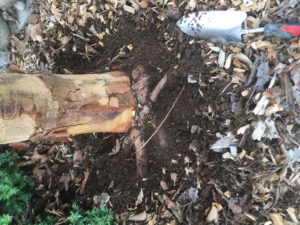
Girdling roots are caused by roots that are surfacing to obtain oxygen of which they are deprived because of being planted too deep or buried too deep in mulch. Girdling roots strangle the trunk cutting off water flow from the roots.

Mulch piled this high starts to compost. The decomposition of the mulch causes heat that can damage the wood of the tree and roots. Also this ‘volcano mulching’ holds moisture against the bark causing rot. Finally, roots grow upwards to get oxygen and eventually girdle or strangle the stem.
3. Planting the wrong plant in the wrong place leads to future trouble. Trees that get too large near a building can cost lots of money in the future. Plant appropriately sized plants.
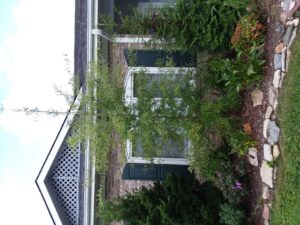
The willow oak and the arborvitae are planted two feet from this home. The willow oak can reach a height of 70-100 feet all and 60 feet across. The arborvitae can get 60 tall and 30 feet across. Eventually these tress would damage the foundation and other infrastructure of this home.
4. Planting trees too deep creates many of the same problems as over-mulching. Roots rise to the surface and eventually become girdling roots.

Notice the roots that have come to the surface that would impact the trunk in the future as girdling roots.
5. Improper pruning leads to structural weakness in trees. Cutting into old wood creates wounds that will seal slowly leading to fungal rot in the inner wood of the tree.





